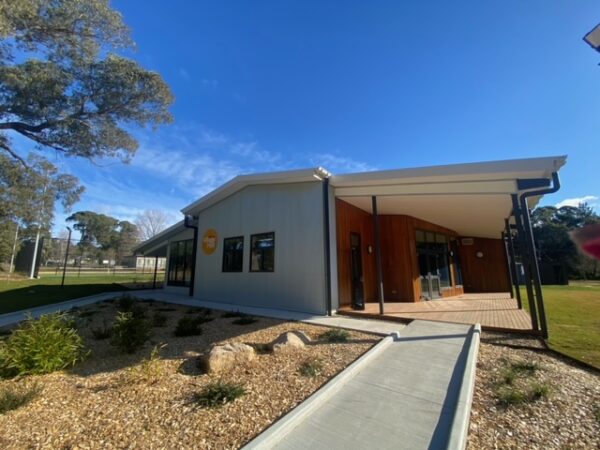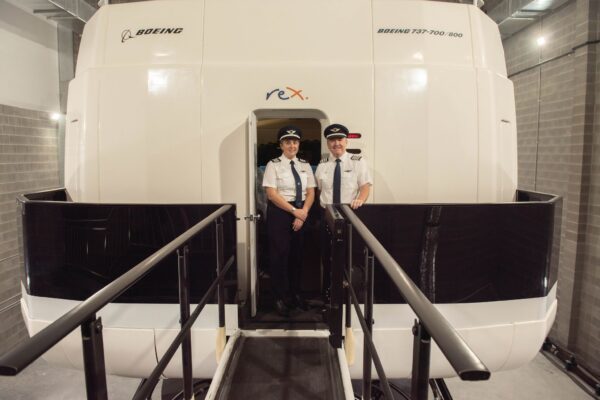Awnings play a vital role in providing protection from the elements, enhancing the aesthetic appeal of buildings and extending usable outdoor spaces. However, awnings also come with significant responsibility in terms of public safety. As a property owner, you must ensure the structural adequacy of your building and any other structure attached to it, including awnings. In this article, we will explore the importance of awning structural certification, the risks associated with structurally defective awnings, and how JN can assist you in fulfilling your legal obligations as a property owner via our rigorous inspection and certification service.
Responsibilities of Property Owners
Property owners are legally responsible for the structural adequacy of their buildings, including any awnings attached to them. This responsibility extends to awnings located over any public footpath, as clarified in section 142 of the Roads Act 1993. Failure to maintain awnings in a satisfactory state of repair can result in hefty legal liability for any damage caused to person or property.
Regular awning inspections should be part of routine building maintenance to ensure public safety and compliance with local regulations. By engaging JN Engineering for awning structural certification, property owners can rest assured that their awnings are safe and well-maintained.
Risks Associated with Awnings
Awnings can pose a variety of risks if not properly maintained or inspected. Some of these risks include:
- Defective anchorage systems due to poor installation or deterioration
- Deteriorated steel elements
- Sealing wall cracking
- Issues with concealed support connections
- Other construction-related deficiencies
These risks can contribute to structural failure of an awning, potentially leading to injury and even death. It is crucial for property owners to take action to mitigate these risks by having their awnings inspected regularly by a qualified structural engineer.
Benefits of Awning Structural Certification
There are several benefits to obtaining awning structural certification from a reputable engineering firm such as JN:
- Safety: Ensuring the safety of the public and protecting property owners from potential legal liability associated with awning failures.
- Compliance: Demonstrating compliance with local regulations and requirements for maintaining awnings in a satisfactory state of repair.
- Maintenance: Helping property owners establish a regular maintenance schedule that includes awning inspection, ensuring that any potential issues are identified and addressed promptly.
The importance of awning structural certification cannot be overstated. It is essential for property owners to take responsibility for the safety and maintenance of their awnings and ensure that they are regularly inspected by qualified professionals. By obtaining awning structural certification, property owners can protect themselves from potential legal liability, ensure the safety of the public and maintain the aesthetic appeal and functionality of their awnings for years to come.
Our Inspection Process for Awnings
Did you know JN can provide awning structural certification of inspection? We undertake a comprehensive certification process that includes several stages to ensure the safety and integrity of awnings. The process includes:
Stage 1: Initial inspection by one of JN’s structural engineers
During the first stage, one of our NER (National Engineering Register) registered structural engineers will inspect the awning to assess its condition, stability and any other potential risks. This includes evaluating the frame, support system and any other relevant factors specific to your site’s awning.
Stage 2: Reporting and detailing rectification requirements
Following our initial inspection, the engineer will provide a comprehensive report outlining any issues identified and detailing the necessary rectification measures. This report serves as a guide for property owners and contractors to address any structural concerns and ensure the awning meets safety standards. This report will provide clear guidance on the steps required to address and repair any deficiencies and bring the awning back into a safe and compliant state.
Stage 3: Rectification works carried out by a licensed builder
Once our engineers’ report has been reviewed, a licensed builder will carry out the recommended rectification works. These may include repairing or replacing defective anchorage systems, addressing deteriorated steel elements, sealing wall cracks and addressing any other construction-related deficiencies identified during our inspection.
Stage 4: Final inspection and certification
After the rectification work has been completed, our JN structural engineers will conduct a final inspection to ensure the awning is now in a safe and sound state of repair and function. If the JN team is satisfied with the work, they will issue a certificate of structural adequacy, confirming that the awning has been inspected and meets all relevant safety standards.
To get your awning certified and enjoy the peace of mind knowing it is safe, compliant and regularly maintained, contact JN to find out more.





